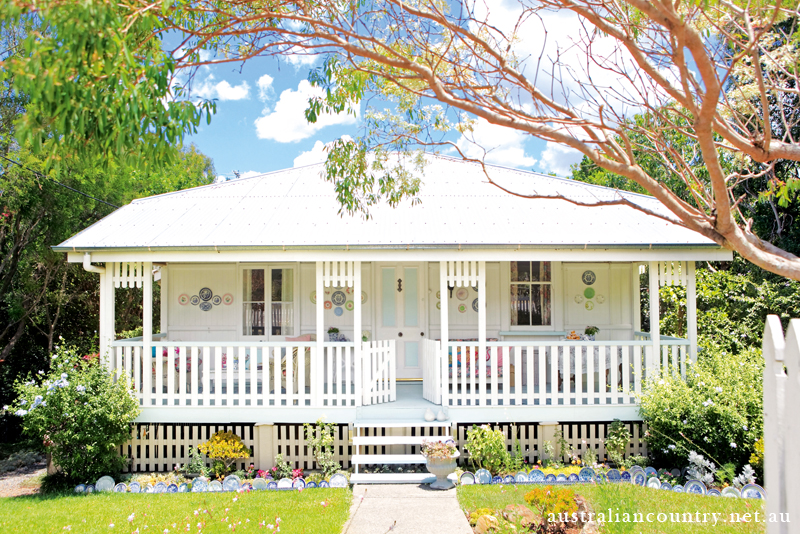Your beautiful house deserves a solid foundation – there are multiple reasons for underpinning, and there are different ways to do it as well.
Underpinning a house might have a high upfront cost, but it’s the most effective solution if you’ve discovered that your foundations are deteriorating.
Underpinning is the process of reinforcing the foundation of existing infrastructure. It helps bolster the foundation when it is no longer stable. Most construction codes and regulations require the house to be built on a strong foundation. Even discounting the legal reasons, if you don’t correct this in time, repair expenses will cost you considerably more.
Why Do Houses Need Underpinning?
You need underpinning when the existing foundation is weakened or starts deteriorating. There are multiple reasons why this could happen.
The soil can get damaged due to subsidence, moisture can cause it to expand or contract, and even unchecked plumbing accidents can damage the foundation underneath the house.
Before constructing a house, the soil has to be adequately measured to understand its quality and durability. Depending on your location, the soil may be too moist or too dry.
For instance, underpinning a house in Melbourne is extremely important because of the common occurrences of drought that can loosen the layers of soil and cause subsidence. Another reason is that since the city of Melbourne is built on a volcano that has previously erupted, its soil contains large amounts of clay that contract and leave gaps underneath the soil.
Aside from these, underpinning can also be done to strengthen and balance the existing foundation. It’s an effective home renovation project that increases your residence’s longevity.
How to Underpin a House – five steps
1. Hire a Qualified Engineer
You will need a structural engineer to assess the situation. Before hiring one, consider his/her experience in assessing residential damage, local knowledge, communication skills, and license and registration to work in this area.
Do not assume that you need underpinning; instead, allow the engineer to inspect and give you an assessment report. The report should include location and amount of damage around the house, factors causing the damage, external variables, soil moisture content, etc. A proper structural report in Melbourne should cost around AU$2,000.
2. Conduct a Soil Test
A soil test identifies how strong and deep your soil is. This gives contractors an idea of how deep they have to underpin. Without a soil test report, you won’t get a permit for underpinning. A soil test for underpinning is different from the soil test for building a new house.
Underpinning soil tests go much deeper, around 8 m into the ground, to record soil moisture and condition. Hire a local soil tester that knows the area and can bring in equipment without any hassle.
3. Approve the Structural Design
A professional structural engineer will create a design based on the soil report. The report helps identify the depth, location, and spacing required for underpinning. You will have to pay separately for the assessment report and structural design.
4. Get Quotes from Underpinning Contractors
It is best to get quotes from two underpinning contractors from your area. The quotes will have everything from costs for equipment, cost of removing slabs, engineer’s inspection, plumbing, and worker’s compensation fees.
The quotes should include everything that you are required to pay and should be transparent. Also, ask your friends, neighbors, or anyone who previously hired underpinning contractors and learn about their costs and experiences related to the project.
5. Commence Underpinning
Once the project begins, underpins will be constructed in stages. Before every concrete pour, the structural engineer will analyze whether the underpin footings have been accurately excavated and give them approval.
After the initial pouring and concrete underpinning, the contractors will conduct a stability check and inspection to assess any cracks or damage inside and around the house, patio, driveway, garage, recommending necessary concrete resurfacing when needed. Make sure their contract covers all repair costs after underpinning.
How Much Does Underpinning Cost?
There is no definitive way to estimate the cost without learning about the soil condition, size of the foundation, and required material. Aside from underpinning, you will also have to pay for a soil test, an engineering report, and additional engineering. The total cost of underpinning an average house in Melbourne can range from AU$15,000 to AU$30,000.
Does Underpinning Last Forever?
Depending on the quality of work, underpinning should last for as long as the building lasts. However, unforeseeable incidents, natural disasters, and poor installation can shorten its lifespan.


No Comments